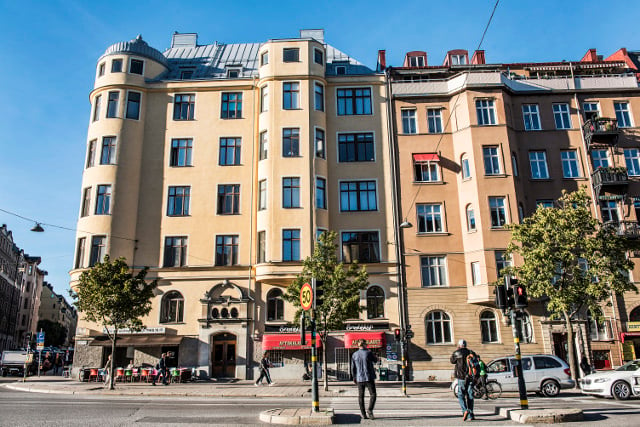According to property broker Svensk Fastighetsförmedling's numbers, in Stockholm municipality you can expect to get a bostadsrätt (the right to an apartment in a building owned by a housing cooperative) for a 14 square meter place if you cough up a million in Sweden's currency.
Move slightly further out to Solna, Danderyd, Sundbyberg and Lindingö municipalities (which are all still in Stockholm county) and the same cash will get you the right to between three and five square meters more.
Ditch the capital entirely and head west to look for a bostadsrätt in Kristinehamn, Värmland however and a million kronor can buy a whopping 227 square meters in total.
According to Kasper Isgren from Svensk Fastighetsförmedling, urbanization is the key explanation for the variation:
“The price level is linked to how many employment opportunities are available in the municipality, and how desirable it is to live in the respective city.”
READ ALSO: Where are property prices rising in Sweden?
The same rules apply for the prices of Sweden's detached houses. In Hultsfred, southern Sweden, one million kronor can buy a 211 square meter house. In desirable Lidingö, it could buy as little as 14 square meters.
And it's not just the big cities that deliver less bang for your buck. There's bad news too if you feel like living near a ski resort or in a vibrant university town.
“Space also becomes more expensive in places that have something else to offer, like the student city Lund, and the popular skiing resort Åre,” Isgren noted.
Smaller municipalities that neighbour larger hubs can also see prices hike if transport links improve. Which is great if you get there early, but not so good if you're slow off the mark.




 Please whitelist us to continue reading.
Please whitelist us to continue reading.